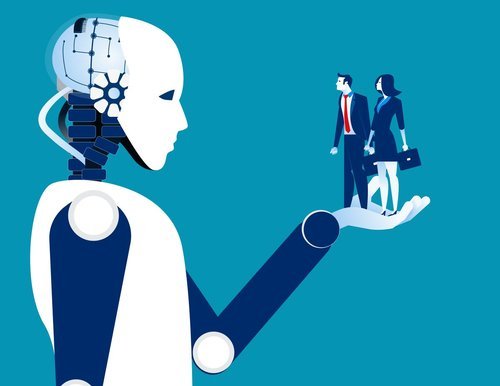6 Real World Use Cases for Robotic Process Automation (RPA) in Healthcare

This article was originally published in January 2019 and was updated in April 2020.
Healthcare systems across the world are on a constant quest to improve and expand to reach all those who need their services. High quality and high availability medical services for populations with a broad range of needs, pose several challenges, both operational and organizational.
On one hand, providers are faced with operational challenges such as dealing with sensitive data, strict procedures that need to be followed when handling paperwork, storing health records, and others. While patient care is the main focus, often doctors, nurses, and other staff are stuck handling administrative tasks that need to be completed in order to be able to focus on the patient.
At the organizational level, there are also numerous repetitive tasks that drive up costs and slow down operations. Whether it’s payment processing or enrolling new members, many tasks are repetitive and follow a certain set of rules. This means that they have the potential to be automated, which would free up time for humans to focus on higher-value tasks.
—————————————————————————————————————
Part of our mission here at CiGen has always been to bring more awareness to the changes that RPA brings to companies and people’s careers. To this end, we’ve started a series of articles that focus on the effects and use cases of robotic process automation in different industries.
We’ve discussed several use cases and implementation tips for finance, insurance, law, utilities, and mining. Let’s turn our attention towards the healthcare industry: many manual processes here are simple, rule-based, and high volume - precisely the process features that call for automation.
To put things into perspective, let’s start with a more general outlook of future RPA trends. Automation has followed its ascending path throughout 2018, and it doesn’t seem to have any intention to stop. According to the Deloitte Global RPA Survey, more than half of the 400 respondents working across industries have already started their automation journey. As many as 72% expect to do this over the next two years. Why? Because robotic process automation brings about quick, significant benefits.
“
RPA exceeds adopters’ expectations not only when it comes to the rapid rate of ROI increase, but also when it comes to facilitating compliance (92%), improved quality and accuracy (90%), or improved productivity (86%).
Let’s take as an example a general care hospital in Europe that has nearly 2,000 employees, 70,000 emergency visits, and 300,000 outpatients annually. This healthcare provider struggled to maintain an efficient operational infrastructure while it’s client base kept increasing. "
The problems it faced while striving to provide the same standard of patient care were generated due to the reliance on the manual labour of employees when it came to paperwork and transferring written records in digital format. Keeping those digital records manually up-to-date required even more time from employees, thus sacrificing face-time spent with patients.
When choosing the RPA route to streamline a portion of its processes, the hospital was able to increase transparency for its patients. By using software robots for determining the optimal inventory levels, or for claims and billing, the processing cost was reduced significantly. Patients were now able to access their medical history, billing information, or appointments schedule from one platform. This meant that doctors could now have a better flow of patients and more time spent with them, making it easier for the hospital to serve its clients while also increasing timely payments.
Some benefits a hospital or other healthcare providers can see from RPA include:
Streamlined front-office support: software robots can efficiently respond to patient requests faster, allowing the patient flow to work in favour of both the patient and the clinic.
Enhanced data confidentiality: data transfers during automated processes is always confidential, eliminating any human errors by design.
Superior system compatibility: because automation software as the one designed by UiPath is a process, it does not interfere with healthcare legacy systems and applications. This means it can run successfully without the need for additional investments in changing the system.
Better cost management: a software robot’s cost is a fraction of that of a human employee. For repetitive tasks that are prone to errors, RPA can provide significant savings that can be reinvested, thus providing the opportunity for better patient care.
Robotic process automation (RPA) use cases in healthcare
RPA use cases in healthcare offer valuable insight into why it’s worth passing on some repetitive tasks, like entering patients’ blood test results into specific files and then consistently updating those files, to software robots. In fact, by knowing which tasks are better handled by bots, the ‘why’ is implicitly answered. Automated processes are faster, more streamlined, and less marred by errors, so customers - the patients, are the first to benefit. Consequently, the clinic itself and its employees will notice the gains and, quite likely, be more determined to continue the automation journey.
1. Hit the high spots of patients’ scheduling
Software robots can streamline online scheduling. Factors received via the appointment request, like diagnosis, location, insurance carrier, personal preferences, etc., can be gathered in a report and forwarded to a referral management representative who actually makes the appointment.
Who will benefit? Simply put, everybody: an easier job for the call centre personnel, fewer mistakes, more satisfied customers, and more evenly distributed appointments across doctors’ working time.